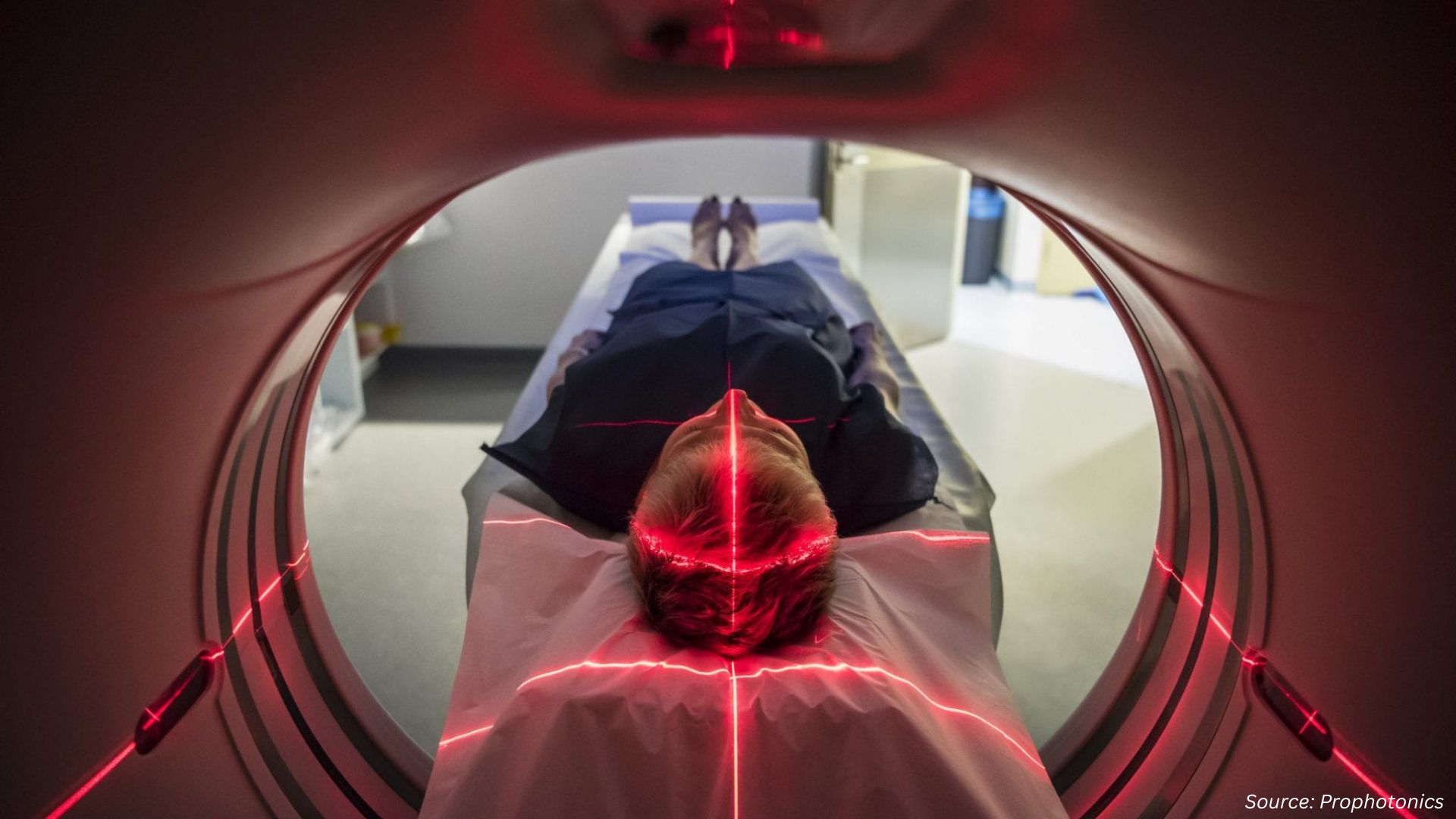Asia-Pacific Disabled & Elderly Assistive Device Market is expected to reach USD 10.59 billion by 2030
Published: 2025-09-24
The rising aging population and technological advancement are driving the Asia Pacific Disabled & Elderly Assistive Device market during the forecast period
Asia-Pacific Disabled & Elderly Assistive Device Market was valued at USD 7.10 billion in 2023, and is predicted to reach USD 10.59 billion by 2030, with a CAGR of 5.6% from 2024 to 2030, according to new research by Next Move Strategy Consulting.
As the world's population ages, there is a growing need for assistive devices to help older adults maintain their independence and quality of life. These devices, such as mobility aids, hearing aids, vision aids, and home modification tools, address the specific challenges faced by seniors, enabling them to live more active and fulfilling lives. The increasing number of elderly individuals worldwide is creating a sustained demand for these products, driving the expansion of the Asia Pacific Disabled and Elderly Assistive Device Market.
The Disabled and Elderly Assistive Device Market in Asia-Pacific is experiencing a profound transformation driven by incessant technological advancements. Cutting-edge solutions such as smart home technologies, wearable devices, and robotics are revolutionizing the assistive device landscape. Smart home integration, powered by voice-activated assistants and automated systems, is eliminating barriers and improving accessibility for individuals with mobility limitations.
Robotics, encompassing exoskeletons and robotic arms, is providing mobility assistance and support with daily tasks for individuals with impairments. The customization and connectivity enabled by advanced technologies ensure that assistive devices can be meticulously tailored to individual needs and seamlessly integrated into broader healthcare systems. These technological breakthroughs not only enhance the functionality of assistive devices but also promote independence and social integration, propelling the market's ongoing expansion.
However, high costs and limited affordability pose significant barriers to the expansion of the assistive device market in the Asia-Pacific region for persons with disabilities and the elderly. Assistive devices, including wheelchairs and hearing aids, often carry hefty price tags, rendering them financially inaccessible to many individuals and families.
On the contrary, assistive technology is experiencing a remarkable transformation, becoming more personalized, accessible, and empowering than ever before. This metamorphosis is largely driven by the breakthroughs in artificial intelligence (AI) and machine learning (ML), which are enabling assistive devices to be meticulously crafted to individual needs and adapt seamlessly to changing conditions. The Internet of Things (IoT) and smart home systems are further empowering users to autonomously control their environments.
Wearable devices and sensors are continuously monitoring health metrics, providing valuable insights for self-management and overall well-being. Robotics-powered mobility aids and exoskeletons are augmenting physical capabilities, while augmented reality (AR) and virtual reality (VR) technologies are revolutionizing training and rehabilitation programs. These groundbreaking innovations are fundamentally reshaping the assistive technology landscape, expanding the scope and effectiveness of solutions while making them more readily available to those who need them.
Request for a Sample PDF on the Asia-Pacific Disabled & Elderly Assertive Device Market
According to the report, leading players in the Asia-Pacific disabled & elderly assistive device market include Sonova Holding AG, Demant A/S, GN Store Nord A/S, Cochlear Limited, Ottobock SE & Co. KGaA, Permobil AB, Panasonic Holdings Corporation, Jiangsu Yuyue Medical Equipment & Supply Co., Ltd. (Yuwell), Apex Medical Corp. (Wellell, Nippon Sigmax Co., Ltd., Karma Healthcare Ltd., Heartway Medical Technology Corp., Merits Health Products Co., Matsunaga Manufactory Co., Ltd., Cyberdyne Inc, and Others.
Key Insights from the Asia-Pacific Disabled & Elderly Assistive Device Market Report:
-
The information related to key drivers, restraints, and opportunities and their impact on the Asia-Pacific Disabled & Elderly Assistive Device market is provided in the report.
-
The value chain analysis in the market study provides a clear picture of the roles of each stakeholder.
-
The market share of players in the Asia-Pacific Disabled & Elderly Assistive Device market is provided in the report along with their competitive analysis.
















Add Comment